Archaeology research
60 years and counting
Archaeology at Wayne State is the program's longest-standing specialization and the Department of Anthropology is internationally recognized for its strength in this area. Archaeology was first established as a departmental focus in 1957 by Professor Arnold Pilling (who also established the Museum of Anthropology in 1958).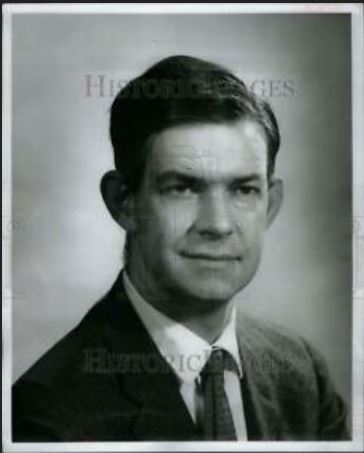 During the 1960s and 1970s, before the advent of cultural resource management and related legislation, Dr. Pilling, his faculty colleagues and Wayne State students conducted dozens of surveys and excavations in southeastern Michigan. Pilling's 1960 excavation of the Michigan Consolidated Gas Company site in Detroit was among the first professional urban historical archaeology projects in all of North America. In 1967, Pilling was a founding member of the Society for Historical Archaeology (SHA). The legacy of Dr. Pilling's public scholarship and community-based research continues today in the work of our faculty and students.
During the 1960s and 1970s, before the advent of cultural resource management and related legislation, Dr. Pilling, his faculty colleagues and Wayne State students conducted dozens of surveys and excavations in southeastern Michigan. Pilling's 1960 excavation of the Michigan Consolidated Gas Company site in Detroit was among the first professional urban historical archaeology projects in all of North America. In 1967, Pilling was a founding member of the Society for Historical Archaeology (SHA). The legacy of Dr. Pilling's public scholarship and community-based research continues today in the work of our faculty and students.
Over the past 60 years, archaeological recoveries in Metro Detroit have resulted in the recovery of hundreds of thousands of (mainly historic) artifacts, which are now housed in the department's Grosscup Museum of Anthropology and are available for research and training.
Wayne State's Anthropology program has trained generations of archaeologists, as both undergraduate and graduate students, who have gone on to impactful careers, locally and nationally, in a wide variety of public and private sector jobs. Notable archaeology alumni include George L. Miller and Charles E. Orser, Jr. (both recipients of the SHA's Lifetime Achievement Award, the J.C. Harrington Medal), as well as C. Stephan Demeter, Nancy Ford Demeter, Karen Krepps, Kent C. Taylor, George Martinez, Mark Branstner and Ted Roberts.
Focus areas
Historical archaeology 
Wayne State historical archaeology faculty, students and alumni have made major research contributions to the sub-discipline on the topics of urbanization and industrialization, colonialism and diaspora, material culture analysis, community-based/public archaeology, inequality and social justice issues, heritage management and contemporary archaeology. Current historical archaeology research includes local fieldwork, mapping and digital humanities projects in Detroit and Hamtramck, as well as others in the wider Great Lakes region, the Caribbean and Spain. Historical archaeologists at Wayne State conduct collaborative, community-based projects and work closely with the Grosscup Museum of Anthropology, the WSU M.A. in Public History program, local museums, state and federal agencies and historic preservation organizations.
Story: Archaeological field methods excavate at the old Hamtramck Center site
Contact: Krysta Ryzewski
Museum anthropology and materials analysis
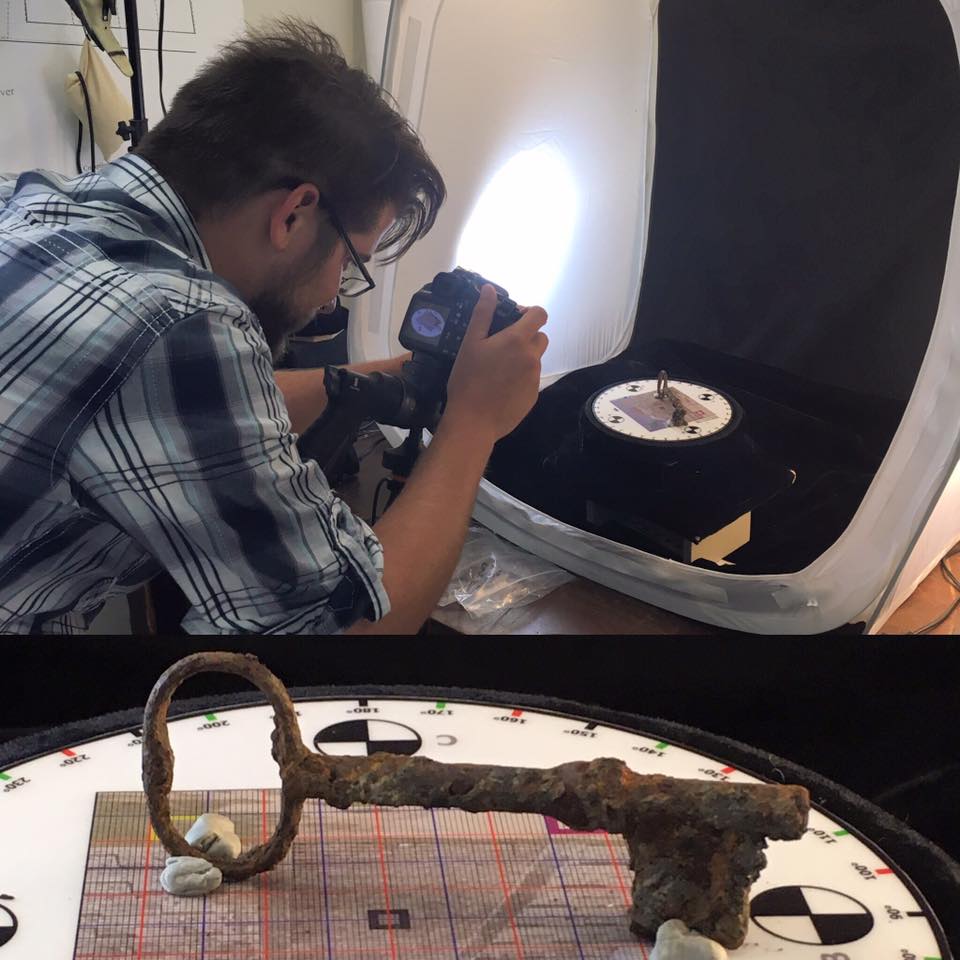 The multi-faceted analysis of archaeologically-recovered materials is critical to any interpretation of human interactions and societies, past and present. The Department of Anthropology has a strong focus on the study of material culture from all periods. We offer training and research opportunities in techniques ranging from standard analytical and comparative methods to instrument-based archaeometry. Our laboratories are equipped with digital (polarized) microscopes, large format scanners/printers, digital photography stations, 3D imaging and printing equipment, ArcGIS and photo-editing software and other resources. Beyond the Grosscup Museum, our colleagues in the Lumigen Instrumentation Center, the Department of Chemistry and the Department of Environmental Science and Geology provide us with access to SEM/EDX microscopy, Mass Spectrometry, pXRF/X-Ray fluorescence, x-ray diffraction, geochemical analysis and geophysical instrumentation. Our Museum also offers opportunities for digital collection work and exhibition development and design.
The multi-faceted analysis of archaeologically-recovered materials is critical to any interpretation of human interactions and societies, past and present. The Department of Anthropology has a strong focus on the study of material culture from all periods. We offer training and research opportunities in techniques ranging from standard analytical and comparative methods to instrument-based archaeometry. Our laboratories are equipped with digital (polarized) microscopes, large format scanners/printers, digital photography stations, 3D imaging and printing equipment, ArcGIS and photo-editing software and other resources. Beyond the Grosscup Museum, our colleagues in the Lumigen Instrumentation Center, the Department of Chemistry and the Department of Environmental Science and Geology provide us with access to SEM/EDX microscopy, Mass Spectrometry, pXRF/X-Ray fluorescence, x-ray diffraction, geochemical analysis and geophysical instrumentation. Our Museum also offers opportunities for digital collection work and exhibition development and design.
Contact: Tamara Bray
Landscape studies and spatial analyses in archaeology
Landscapes encompass the range of cultural places that result from human interaction with the natural environment. At Wayne State, archaeologists research the long history of landscape formation in a wide variety of places, including tropical foragers and early horticulturalists in lowland Mexico; imperial Inca administrative systems in the Andes; the effects of historic land modification and modern volcanic disasters on archaeological sites on the Caribbean island of Montserrat; settlement abandonment in 20th century Spain; and Native American land use along the Detroit River from Late Woodland times (AD 750-1400)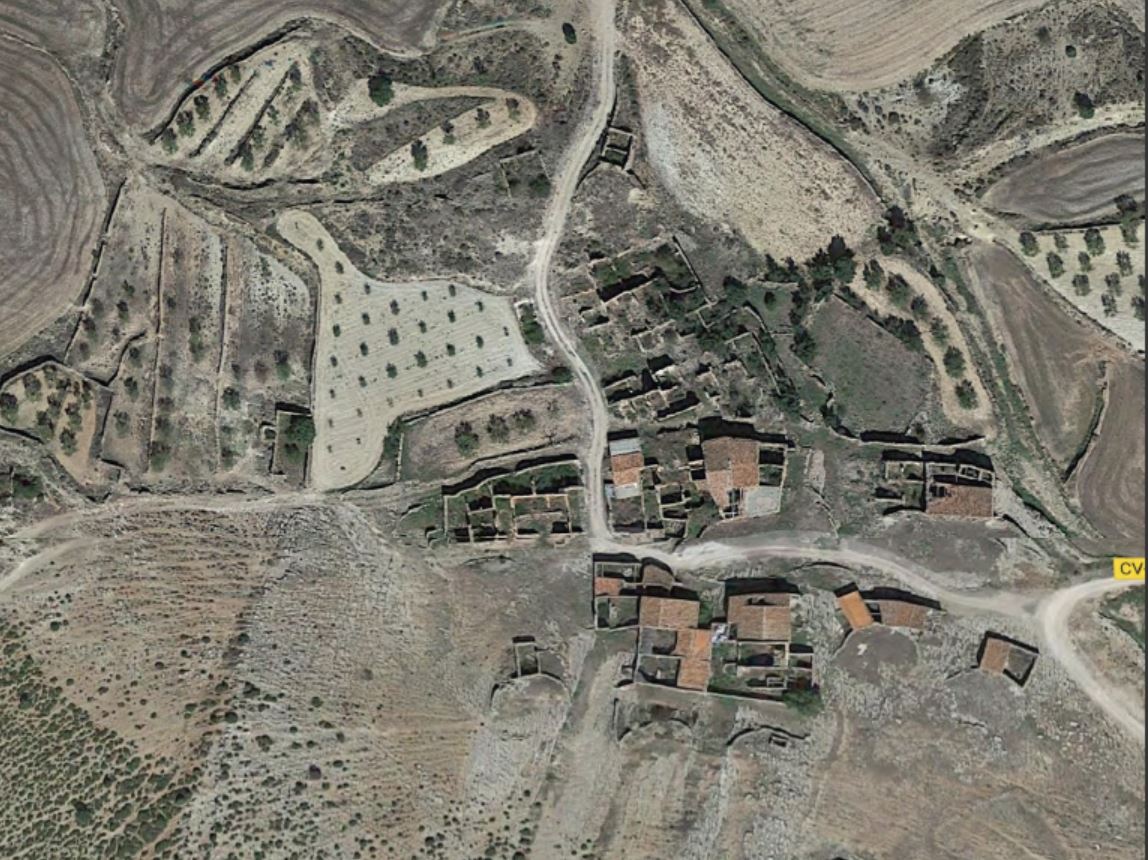 to the present. Landscape archaeology relies heavily on spatial analytical methods (GIS), geophysical techniques (GPR) and remote sensing (e.g., LIDAR, drone-assisted photogrammetry). At Wayne State, we are engaged in theoretical approaches to landscape change and agricultural sustainability, urban development and social conflict in historic Detroit, imperial strategies of social and political control in the Andes, landscapes of inequality and more. These various faculty projects offer our students a variety of opportunities to gain technical training and problem-solving skills applicable to employment in, for instance, contract archaeology and environmental science, as well as advanced graduate research.
to the present. Landscape archaeology relies heavily on spatial analytical methods (GIS), geophysical techniques (GPR) and remote sensing (e.g., LIDAR, drone-assisted photogrammetry). At Wayne State, we are engaged in theoretical approaches to landscape change and agricultural sustainability, urban development and social conflict in historic Detroit, imperial strategies of social and political control in the Andes, landscapes of inequality and more. These various faculty projects offer our students a variety of opportunities to gain technical training and problem-solving skills applicable to employment in, for instance, contract archaeology and environmental science, as well as advanced graduate research.
Contact: Tom Killion
Latin American and Caribbean archaeology (LACA) 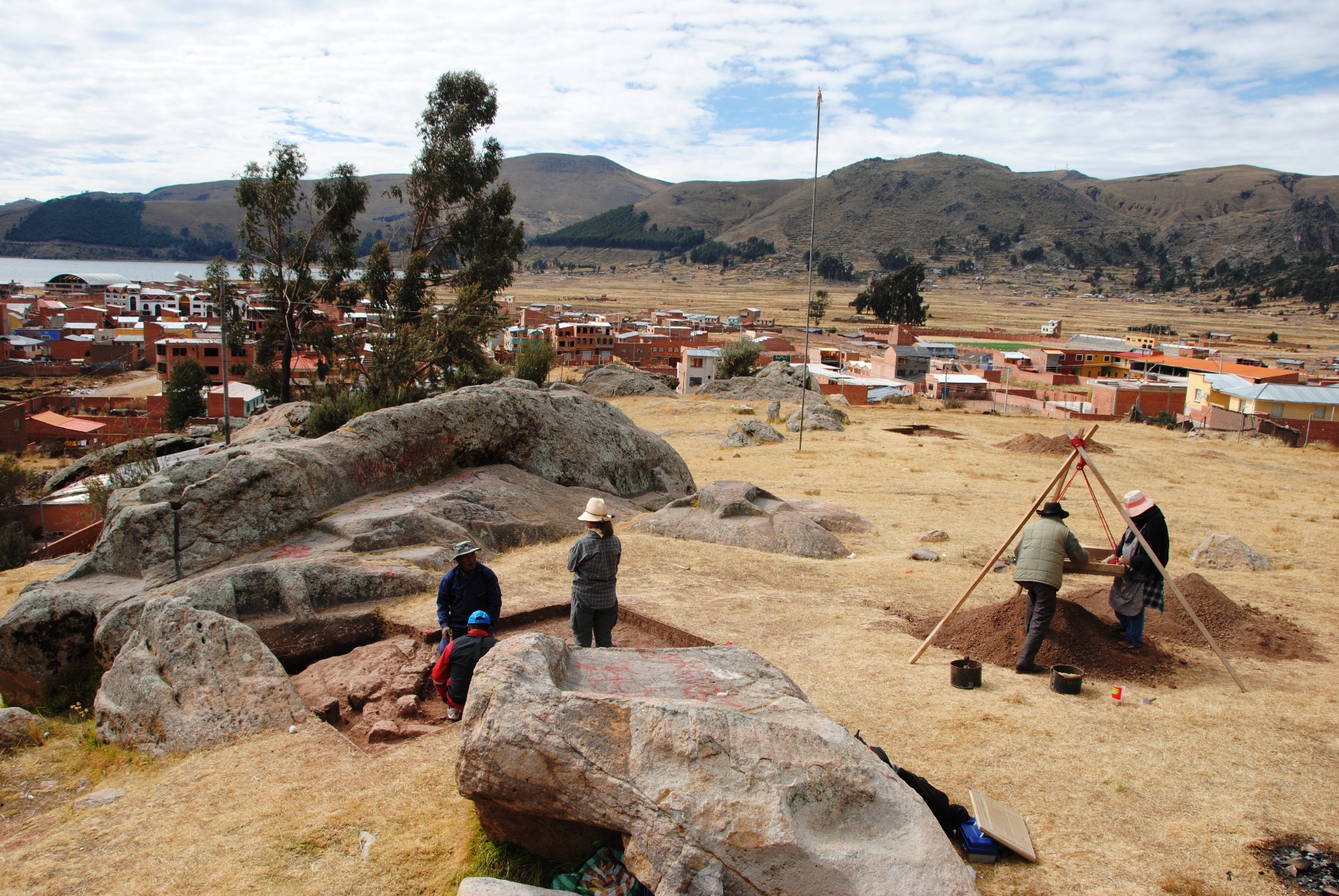
Wayne State has a strong record of archaeological research in Latin America and the Caribbean. Currently, our faculty and students are engaged in or have long-standing collaborative relationships with, research and researchers in Argentina, Belize, Bolivia, Cuba, Dominica, Ecuador, Guatemala, Mexico, Montserrat, St. Croix (USVI) and Peru.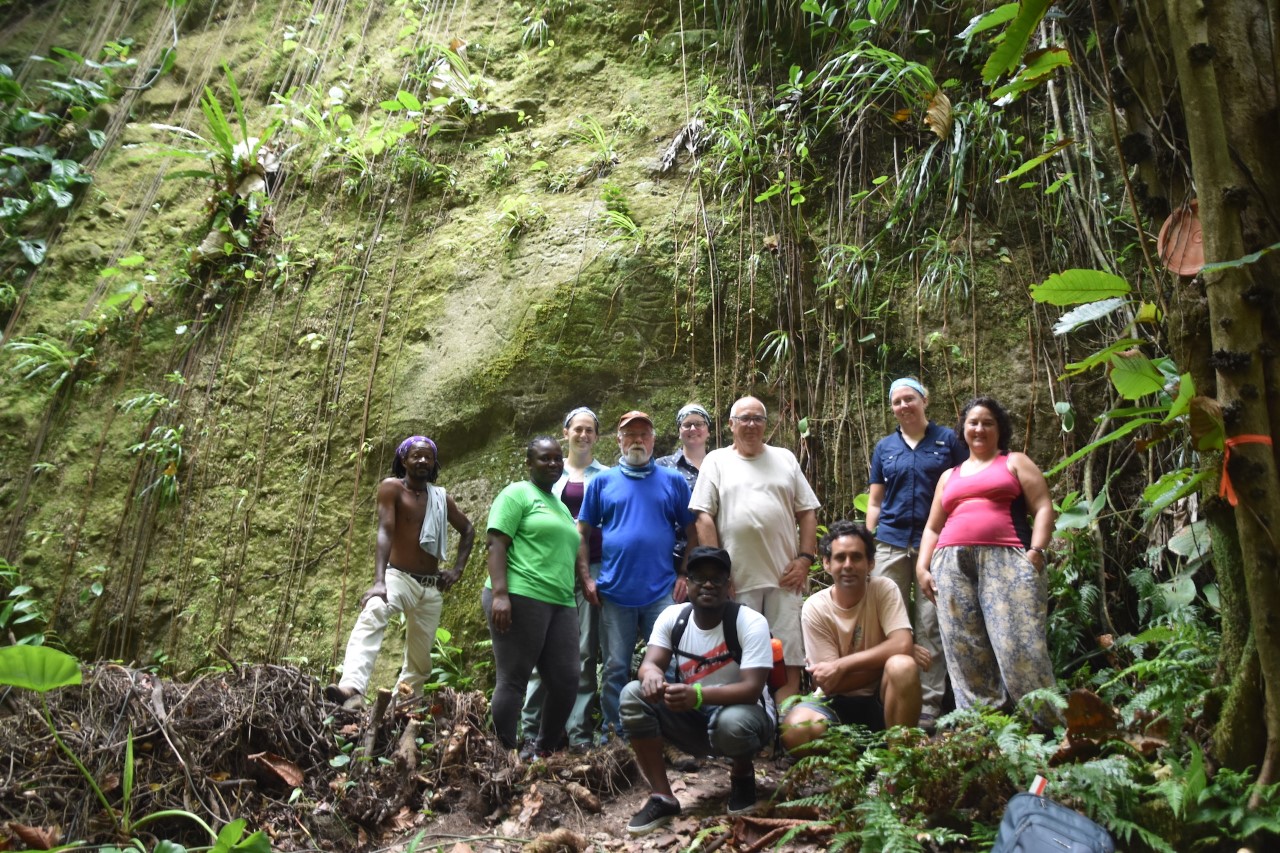 LACA foci within the department are enhanced by cultural and biological anthropology faculty research expertise, as well as history and sociology faculty in the Latino/a and Latin American Studies program.
LACA foci within the department are enhanced by cultural and biological anthropology faculty research expertise, as well as history and sociology faculty in the Latino/a and Latin American Studies program.
Contact: Tamara Bray
Core faculty
Tamara L. Bray is a leading scholar in the archaeological investigation of the Inca and their empire, focusing on strategies of expansion, the materiality of the empire and Andean ontologies. Her current field research involves geophysical work, pedestrian surveys and excavations at the pilgrimage center of Copacabana, Bolivia and at several Inca sites on the outskirts of Tomebamba (Cuenca) in southern Ecuador. Her research projects are interdisciplinary and she works in close collaboration with local communities, students and colleagues. She was Director of the Grosscup Museum of Anthropology from 1995-2016.
Thomas W. Killion is an anthropological archaeologist specializing in ancient agriculture and settlement in tropical lowland environments. Research and publications focus on foraging to farming in the lowlands of Mexico and Central America. He recently initiated a collaborative program of historical landscape archaeology and ethnoarchaeology in Spain with colleagues at the Museum of Ethnology in Valencia. Before coming to Wayne State, he managed the repatriation program at the Smithsonian Institution and continues repatriation research and community outreach to Native American communities in Michigan. His most recent publication examines 1000 years of archaeology and cultural history at the Springwells site at Historic Fort Wayne along the river in southwest Detroit.
Krysta Ryzewski is a historical archaeologist whose scholarship focuses on socio-environmental upheavals, systemic inequalities and creative responses to them in the modern world. Her research in the Caribbean (Montserrat/St. Croix), southeast Michigan (Detroit/Hamtramck) and New England examines these issues within colonial, urban, industrial and diasporic settings and involves survey, excavation, remote sensing and digital humanities/geospatial techniques. Ryzewski practices archaeology in partnership with local communities and organizations. She co-leads the Anthropology of the City initiative at Wayne State.
Resources
Archaeologists at Wayne State work closely with:
- Gordon Grosscup Museum of Anthropology
- Wayne State Depts. of Environmental Science and Geology, Urban Studies and Planning, History, and Engineering
- Wayne State University's six campus libraries
- Foreign Language and Technology Center
- Burton Historical Collection of the Detroit Public Library
- Local groups: Detroit Historical Society, Preservation Detroit, Community Development Councils
- Local museums: Detroit Historical Museum, Detroit Institute of Arts, Museum of Contemporary Art Detroit